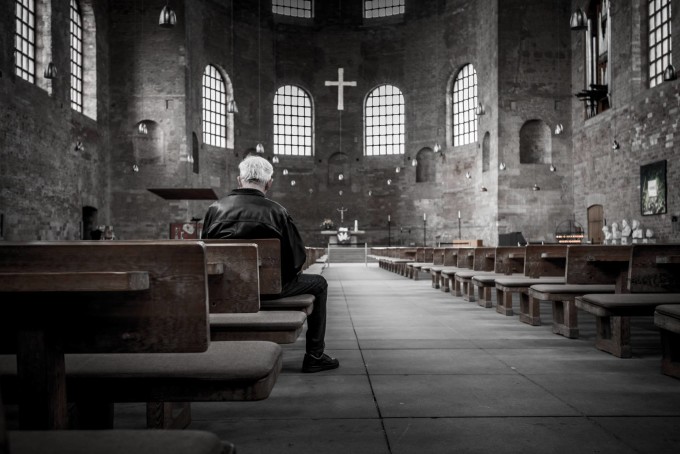back to journal

A Year Through the Gospels: Week 20 | The Signs of Jesus
July 8, 2016
Darryl Sluka
This is the twentieth installment in a yearlong series. You can find the previous installments here.
John 2:1–11 The Wedding at Cana
“On the third day there was a wedding at Cana in Galilee, and the mother of Jesus was there. Jesus also was invited to the wedding with his disciples. When the wine ran out, the mother of Jesus said to him, “They have no wine.” And Jesus said to her, “Woman, what does this have to do with me? My hour has not yet come.”His mother said to the servants, “Do whatever he tells you.”
Now there were six stone water jars there for the Jewish rites of purification, each holding twenty or thirty gallons.Jesus said to the servants, “Fill the jars with water.” And they filled them up to the brim. And he said to them, “Now draw some out and take it to the master of the feast.” So they took it. When the master of the feast tasted the water now become wine, and did not know where it came from (though the servants who had drawn the water knew), the master of the feast called the bridegroom and said to him, “Everyone serves the good wine first, and when people have drunk freely, then the poor wine. But you have kept the good wine until now.” This, the first of his signs, Jesus did at Cana in Galilee, and manifested his glory. And his disciples believed in him.”
The Gospel of John was written with deliberate thought and intent. John wanted to capture a deeper level of Jesus’ life and ministry than what was in Matthew, Mark, and Luke. He chose different stories, different dialogs, and different teachings, but John did not choose them just for the sake of being different. He wanted to show us something that was not already jumping out at us from the pages of another book. He wanted to show us something deeper, something visible only through God’s eyes: Jesus is not just the Jewish Messiah, or only the savior of the oppressed, but he is the savior of the human condition; he is the savior for the parts of us that we do not know are broken. Throughout his gospel, John illustrates why humanity needs such a savior and that Jesus is indeed that savior.
In the first twelve chapters of John, Jesus performs twelve signs that are supposed to reveal to us who he is. Some of these are miracles like turning the water into wine or raising Lazarus from the dead, whereas others demonstrate this through actions and conversations such as the cleansing of the temple or Jesus’ conversation with Nicodemus. John explained his purpose behind using these narratives to tell the overall story of Jesus. He wrote “Now Jesus did many other signs in the presence of the disciples, which are not written in this book; but these are written so that you may believe that Jesus is the Christ, the Son of God, and that by believing you may have life in his name.” (John 20:30–31 ESV). John chose these stories so that all of humanity might know that we are dead in our current condition but that Jesus is the source of life.
Jesus’ twelve signs:
- Wedding at Cana (2:1-12)
- Cleansing the Temple (2:13-25)
- Conversation with Nicodemus (3:1-21)
- Woman at the Well (4:1-42)
- Healing the Official’s son(4:43-54)
- Healing on the Sabbath (5:1-47)
- Feeding of the Five Thousand & Bread of Life (6:1-71)
- Teachings on his Identity (7-9:41)
- The Good Shepherd & Unity with the Father (10:1-39)
- John the Baptist Prepared the way (10:40-42)
- Raising of Lazarus (11:1-57)
- Anointed for death & Triumphal Entry (12:1-50)